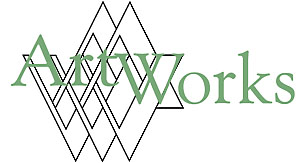|
Mullens mural painter
Accessible recreation guide
Duncan Noble
From the director
Following the dream
Meredith Sue Willis
New arts curriculum
Marion Meadows
Filmmakers Guild
Disabilities guidance
Getting the gig
Alison Helm
Cultural Facilities grant
awards
Getting into print
Book Review
|
Guidance for writing and speaking about people
with disabilities and older adults
People with disabilities and older adults, like
other underserved groups, are actively seeking full civil rights
— including participation in the arts as creators, audiences,
staff, board members, panelists, volunteers, teachers and
students.
The way you portray people in what you write or say
may enhance their dignity and promote positive attitudes. For
example, refer to a person first, rather than a disability; this
emphasizes the person’s worth and abilities.
Politically correct vocabularies are constantly
changing, but the following “NEVER USERS” are here to
stay!
1. NEVER USE the word “handicapped”;
the word is disability.
2. NEVER USE a disability as an adjective. It is not a blind actor,
but an actor who is blind. The focus should be on the person, NOT
the disability.
3. NEVER USE “special.” This separates the individual
from the group. You do not require information regarding
“special needs of the group,” but “needs of the
group.” No “special” tours, but tours that
include people with disabilities.
4. NEVER USE euphemisms such as “physically
challenged,” “handicapable,” etc. These suggest
that barriers and/or disabilities exist to build a person’s
character. The person has a disability.
5. NEVER USE “clumping” or labels: “the
disabled”; “the blind”; “the deaf”;
“A.B.s” (able-bodied); “T.A.B.s”
(temporarily able-bodied); or “normal.” Labeling people
is never acceptable. Able-bodied is a relative, judgmental term.
“Normal” is acceptable when applied to statistical
norms and averages only.
|

